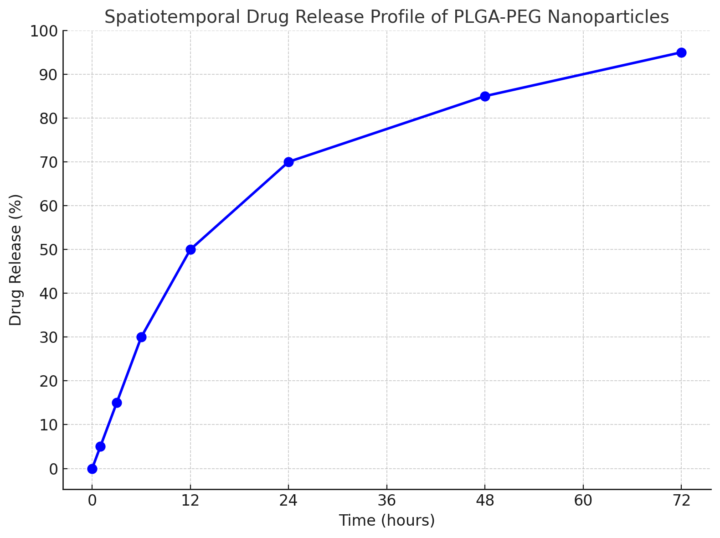Activity
Mon
Wed
Fri
Sun
Nov
Dec
Jan
Feb
Mar
Apr
May
Jun
Jul
Aug
Sep
What is this?
Less
More
Memberships
Rishab Academy
30.8k members • Free
Admissions Accelerator
530 members • Free
Superior Students
15.5k members • Free
15 contributions to Rishab Academy
F=ma Cheatsheet
Hey does anyone have a f=ma “cheatsheet” that has all concepts and formulas for the exam so I could improve my own? Thanks
0 likes • Jan 10
@Yashaaditya Dauria I meant the F=ma exam, which is the exam that you have to take to qualify for the USAPhO, and if you do have some sheets related to it in areas such as, mechanics, kinematics, statics, Newton’s laws, momentum and energy, oscillations, orbital mechanics, fluids, and elementary data analysis, it would help if you would send it to me, thanks.
Suggestion for 200$ Science Fair
As the contest is closing soon and results going to be announced; i had a suggestion. You see all of us are academicians that are aspiring to get more opportunities, meaning when we win a contest our top priority is to get recognition for it. Rather than just be compensated (don't get me wrong it is a good idea to get compensated), I mean as a whole science fair.io; could hand the winners certificates not only for our sakes but to also make the whole contest more credible as a whole. I mean @Rishab Jain already had a VERY good profile to make the whole contest credible with just him being associated with it. But the idea to hand out certificates would truly help us as students, which is why I request the whole team to look into it. Afterall, it's a win-win situation (there's a lot of more advantages for us and sciencefair.io that I couldn't mention but you get the point)
AP Physics 1 help
Currently preparing for finals and I need to do good or my grade is going to significantly drop. Does anyone who's taken the class have any tips or study guides? My semester test is up to unit 5 (I think)
Glioblastoma X (Contest Entry)
Glioblastoma X: Targeted Nanoparticle Drug Delivery for Glioblastoma Treatment and Neural Regeneration Overview: Glioblastoma multiforme is one of the most aggressive and challenging forms of cancer. Conventional therapies, such as neurosurgery, radiotherapy, and chemotherapy are often inadequate at providing a long-term cure. The inability of current chemotherapeutic drugs to cross the blood-brain barrier and specifically target cancer cells is a significant obstacle in glioblastoma treatment. This is because the blood-brain barrier intends to prevent pathogens and harmful substances from entering the spinal cord and brain, but while doing so it also prevents large molecules from entering such as many chemotherapeutics. To solve this, Glioblastoma X focuses on designing PLGA-PEG nanoparticles to overcome these challenges. These nanoparticles are engineered to cross the blood-brain barrier, selectively target glioblastoma tumor cells, and release a combination of temozolomide and brain-derived neurotrophic factor (BDNF) in a controlled manner. The main goal of my project is to destroy the tumor while also promoting neural regeneration in previously healthy neural cells. How It Works: Core (PLGA): The nanoparticle’s core is made from PLGA. PLGA is a biodegradable polymer that can encapsulate hydrophobic and hydrophilic drugs. Temozolomide is hydrophobic, so the PLGA encapsulates temozolomide for a slow and controlled release. Having a controlled release of the chemotherapeutics allows sustained delivery while also minimizing the systemic toxicity rapid release can potentially bring about. Intermediate Layer (PCL-PEG): Surrounding the core is an intermediate layer of PCL and PEG. PCL has a slower degradation rate than PLGA. This allows BDNF to be released after the nanoparticle has bound to a cancerous cell, released temozolomide, and unbound and attached to a damaged neural cell. PEG enhances the circulation of the nanoparticles because it masks the nanoparticle’s identity by preventing the immune system from recognizing the foreign “invader.”

International Research Olympiad Textbook
Excited to announce the International Research Olympiad has released our official textbook. The International Research Olympiad Textbook is a comprehensive resource crafted for ambitious students ready to tackle the unique challenges of the IRO. Unlike traditional science olympiads, the IRO emphasizes cultivating versatile research and analytical skills that are applicable across diverse scientific disciplines. This prep book, developed by the IRO and supported by dedicated professors offers detailed content reviews, targeted practice questions, and full-length mock exams. Alongside the textbook, students gain access to additional online resources, such as daily problem challenges and mock exams, ensuring effective preparation. The opens exam contains 4 research papers and a total of 32 MCQs, followed by a semifinal exam, and an in-person final exam. Purchase the textbook on Amazon for $19.99 here: https://amzn.to/4inoYWH

1-10 of 15
@code-programmer-5212
Hey! Want to get into HYPSM like some of my family did. I like software engineering, research & internship opportunities, science fairs, etc.
Active 158d ago
Joined Jun 22, 2024
Powered by




